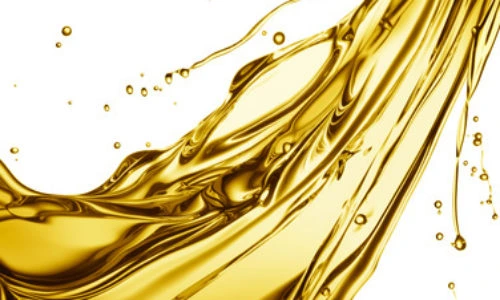IUPAC Name
Kerosene
Cas Number
8008-20-6
HS Code
27101910
Formula
-
Industry
-
Appearance
Light Yellow Liquid
Common Names
Kerosene
Packaging
As per customers request
Brief Overview
Kerosene is a medium petroleum fraction and is widely used as a commercial fuel. It is a clear light yellow liquid with a petroleum odor and has a flash point 100°F. It is less dense than water and insoluble in water. Its vapor is heavier than air.
Manufacturing Process
Step 1: The first step in the manufacture of kerosene is to collect the crude oil. Most oil supplies are buried deep beneath the earth drilling is used to bring the crude oil to the surface.
Step 2: When the drilling processes break into an underground reservoir, a geyser will erupt as dissolved hydrocarbon gases push the crude oil to the surface. These gases will force about 20% of the oil out of the well. Water is then pumped into the well to flush more of the oil out. This flushing process will recover about 50% of the buried oil. By adding a surfactant to the water even more oil can be recovered. However, even with the most rigorous flushing it is still impossible to remove 100% of the oil trapped underground. The crude oil recovered is pumped into large storage tanks and transported to a refining site.
Step 3: Contaminants such as gases, water, and dirt are then removed from the collected oil by desalting. The water is then separated from the oil. Since crude oil is a combination of many different hydrocarbon materials that are miscible in one another, it must be separated into its components before it can be turned into kerosene.
Step 4: Distillation is used to separate the crude oil into its components. In this process the stream of oil is pumped into the bottom of a distillation column where it is heated. The lighter hydrocarbon components in the mixture will rise to the top of the column while the high boiling-point fractions are left at the bottom. At the top of the column these lighter vapors reach the condenser where they are cooled back into a liquid.
Step 5: The condensed liquid fractions can then be collected separately. The fraction that is collected between 302°F and 482°F (150°C and 250°C) is kerosene. By comparison, gasoline is distilled between 86°F and 410°F (30°C and 210°C). By recycling the distilled kerosene through the column multiple times its purity can be increased. This recycling process is known as refluxing.
Step 6: Once the oil has been distilled into its fractions, further chemical processing is required to create kerosene. Catalytic reforming, akylkation, catalytic cracking, and hydroprocessing are four of the major processing techniques used in the conversion of kerosene. These reactions are used to control the carbon chain distribution by adding or removing carbon atoms from the hydrocarbon backbone. These reaction processes involve transferring the crude oil fraction into a separate vessel where it is chemically converted to kerosene.
Step 7: Once the kerosene has been formed, additional extraction is required to remove secondary contaminants that can affect the burning properties of the oil. Aromatic compounds, such as benzene, are one class of contaminant that must be removed. The resultant kerosene is thus in a more purified state.
Step 8: The refined kerosene is then stored in tanks for shipping and delivered. Industrial kerosene is stored in large metal tanks, but it may be packaged in small quantities for commercial use. Metal containers may be used because kerosene is not a gas and does not require pressurized storage vessels. However, its flammability dictates that it must be handled as a hazardous substance.
Solvent Industry
It is used in kerosene lamps, flares, and stoves as a degreaser and cleaner. It is also used as a solvent in cosmetics and in fly spray.
Storage
Kerosene is usually used to store alkali metals and prevent air re-dissolution.
